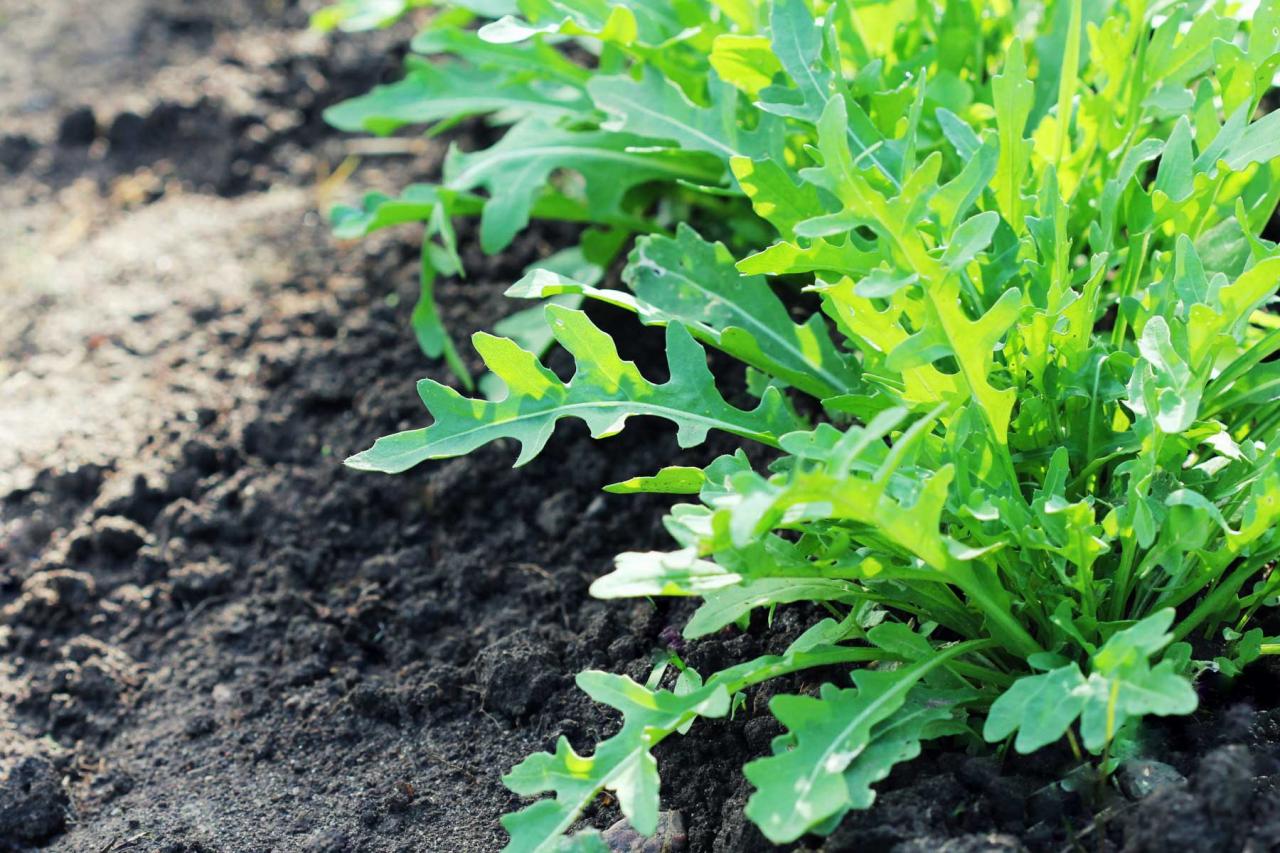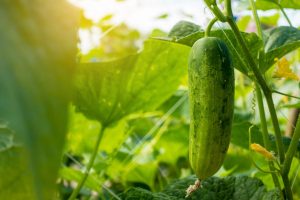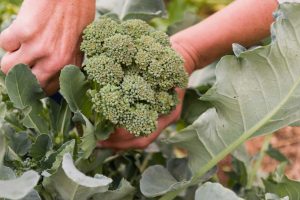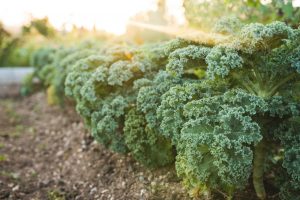

Long popular in France and Italy, the leaves of arugula provide a spicy zap when added to a salad. This is the same plant sold in cellophane bags in the grocery store and usually labelled ‘baby arugula.’ However, we think that by growing arugula yourself, you’ll experience much more (and better) flavour. You decide! You can also saute or steam the leaves like spinach or other leafy greens. Plants look a little like dandelions, but are bigger and more open. Leaves grow best in cool weather. Leafy plants grow 6 to 12 inches tall while in the harvest stage.
Long popular in France and Italy, the leaves of arugula provide a spicy zap when added to a salad. This is the same plant sold in cellophane bags in the grocery store and usually labelled ‘baby arugula.’ However, we think that by growing arugula yourself, you’ll experience much more (and better) flavour. You decide! You can also saute or steam the leaves like spinach or other leafy greens. Plants look a little like dandelions, but are bigger and more open. Leaves grow best in cool weather. Leafy plants grow 6 to 12 inches tall while in the harvest stage.
Soil, Planting, and Care
Arugula (Eruca vesicaria) is a green with zip. Sometimes called rocket or roquette, arugula should be planted in the garden in early spring or fall. It will grow in a rosette about a foot wide and equally tall. Like leaf lettuce, mustard greens, and collards, arugula stretches skyward in hot weather, blooming and setting seeds. You can pull it up when plant start to send up a bloom stalk from the center, or you can continue harvesting the leaves until they taste too strong. Some gardeners cut the plants back to get another harvest as it tries to grow back. The bloom stalks may grow 24 to 36 inches tall and have little white flowers on top. These are edible and look pretty in a salad. Flowering signals that the season is ending for arugula and you can replace it with a warm weather crop, unless you want to try cutting it back and eating it just a little longer.
Arugula grows fast. Set plants in the sunny garden in early spring for spring harvest or late summer for fall harvest. Plants prefer the cooler days of spring or fall. Like any leafy green, arugula requires a rich soil to make its best growth. Before planting, add compost to the soil. Then apply a timed-release fertilizer at the rate directed on the label for lettuce or other leafy greens, or fertilize with Miracle-Gro® Shake ‘N Feed® Tomato, Fruits & Vegetables Plant Food. Space plants 12 to 18 inches apart.
Troubleshooting
When flowering begins in late spring or early summer, the flavour becomes more intense. At some point it may be stronger than you like, which means its time to take it out and wait for the next cool season to plant (early spring or fall).
Uses
Arugula is considered a vegetable when it is cooked and eaten like spinach, or it can be used more sparingly as an herb to flavour a salad, meat, or pasta sauce. It is not for those who prefer mild flavour like that of an Iceberg lettuce salad; it calls for an adventuresome palate. Try the leaves in some of our arugula recipes. Add arugula flowers to salads in late spring or summer as the plants grow a tall bloom. At this point the leaves may be more pungent than you like, but try them just in case.



